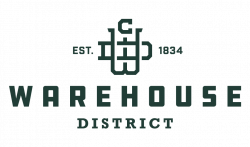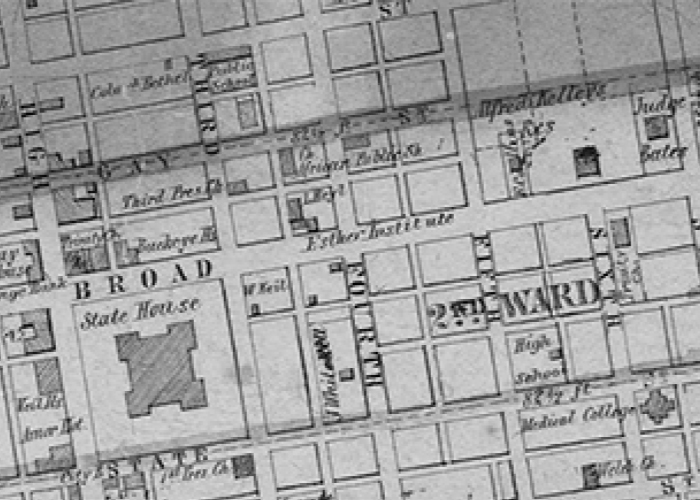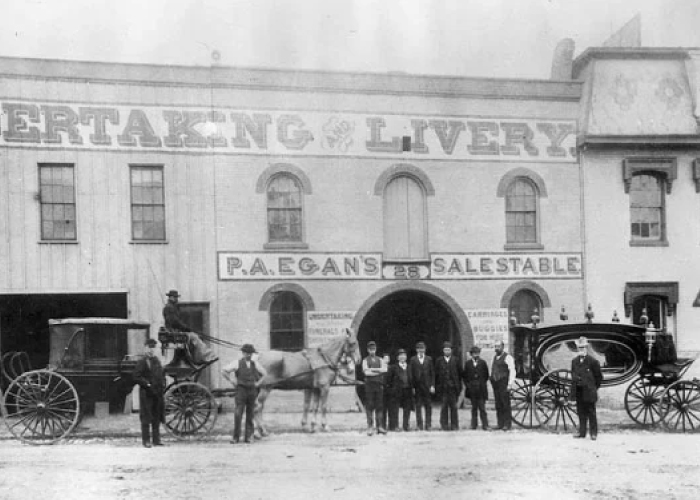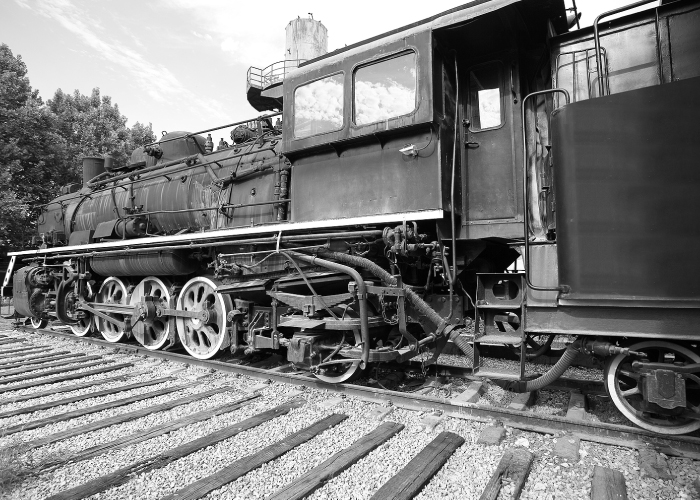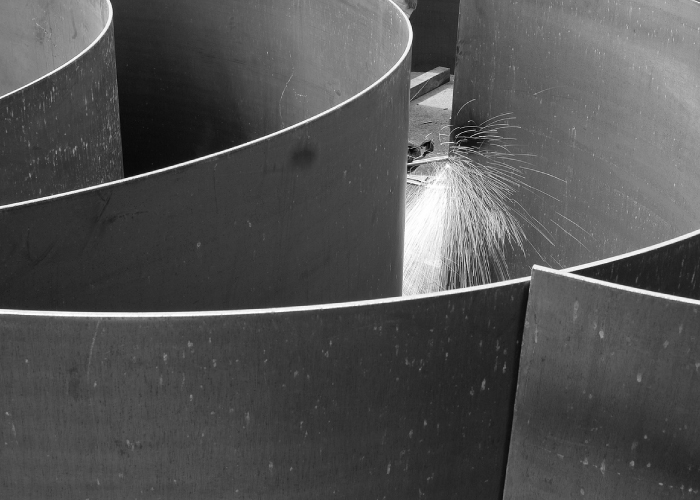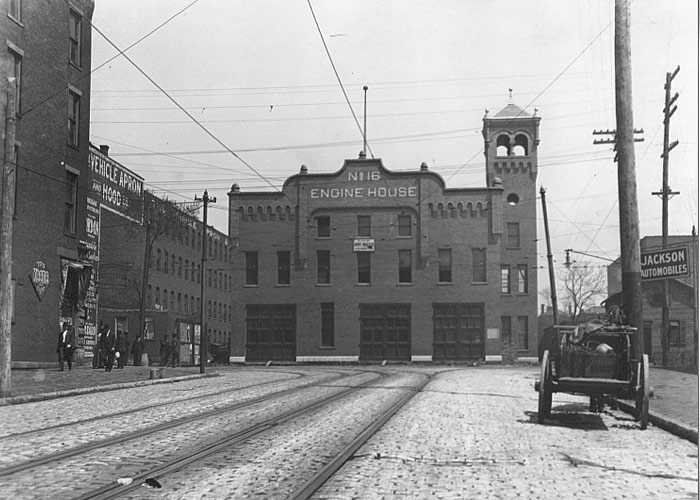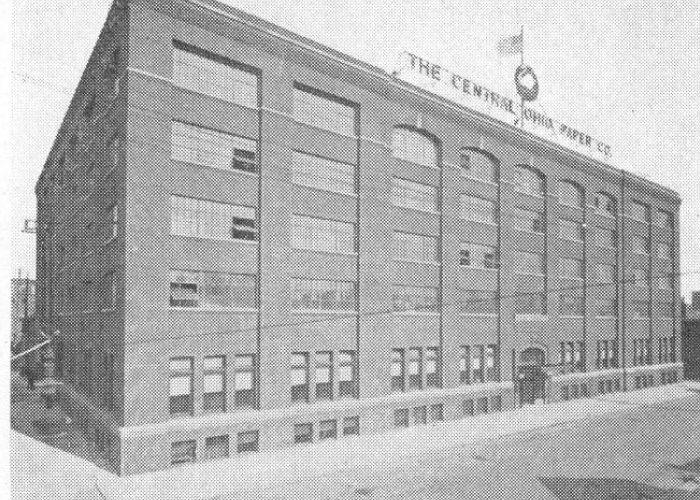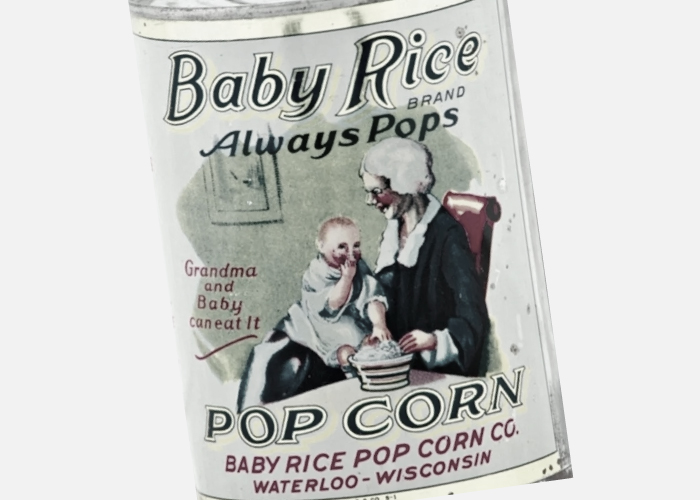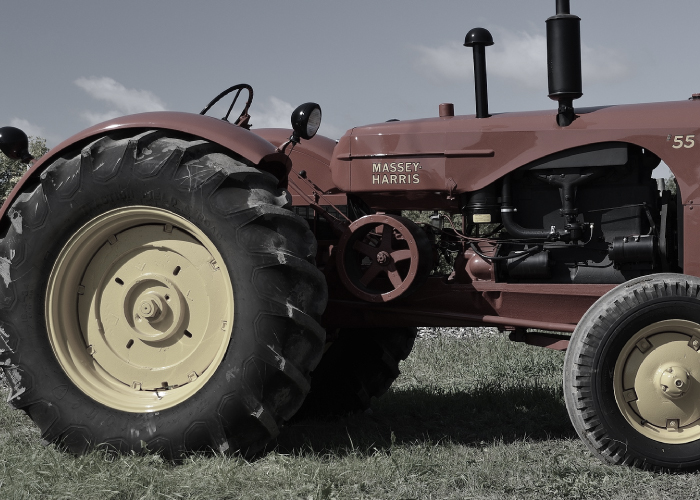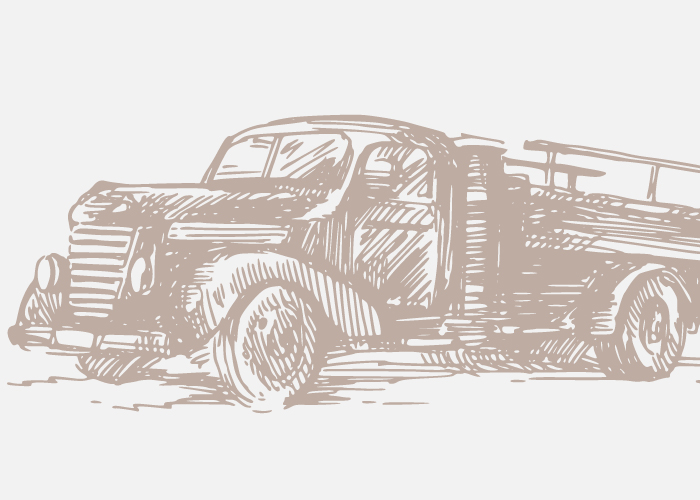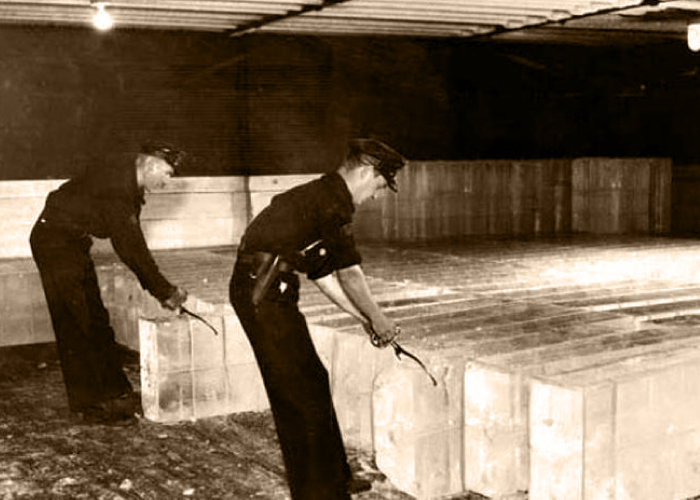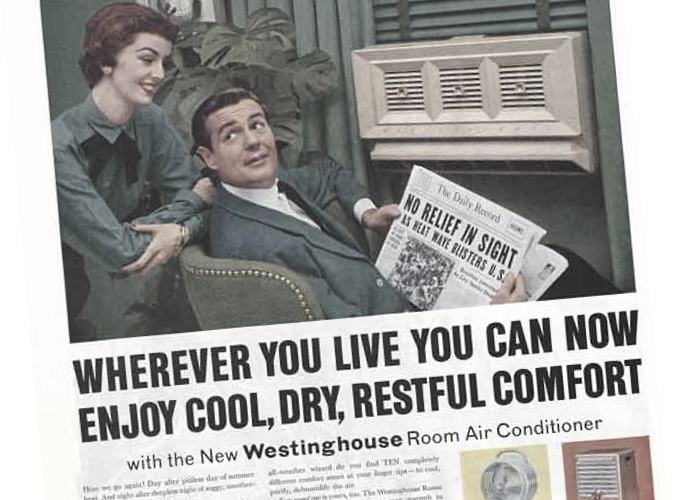Our History
Our
History
With roots dating back to 1834, we have stories to tell.
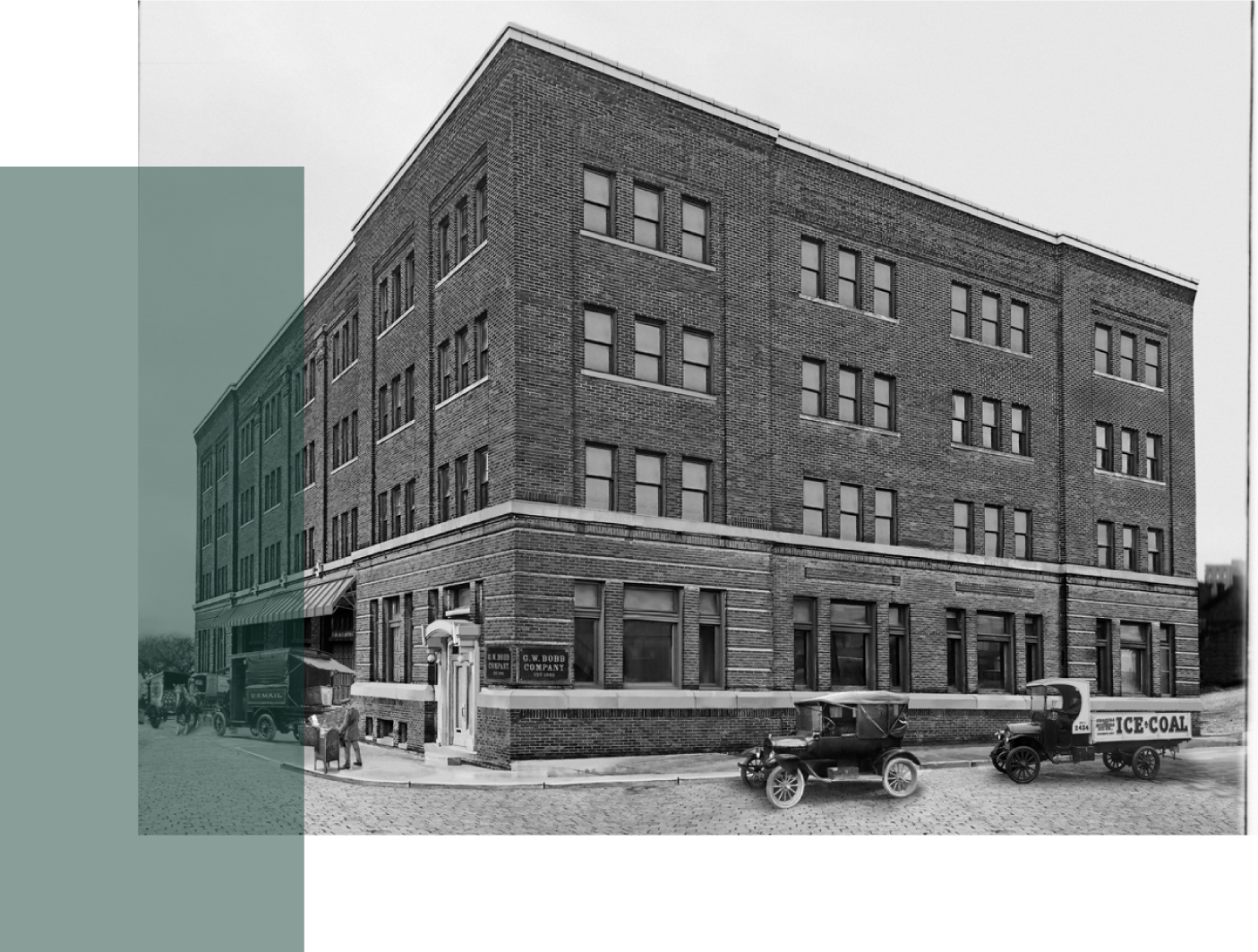
- 1834
- 18531853
St. Patrick’s Catholic Church is built to serve the English-speaking Irish Catholics who were previously worshipping in the German-speaking Holy Cross on the South Side. The church is on Grant and Naghten, sometimes referred to as “Irish Broadway.” Naghten was named for Billy Naghten, first Irish president of the Columbus City Council.
- 1861
- 18701870
The remaining portions of the district north of Naghten are annexed.
Civil War Era: The proximity of an army base gives the area a dual personality. While there are officers and families, debutante balls, curved roads for sleigh riding, and live concerts, there are also parts of Cleveland Ave. known as the “Badlands” for gambling houses, unlicensed alcohol sales, and even opium dens
- 1900
- 1908
- 1909
- 1918
- 19201920
260 Naghten is built, next to another building to its west – both called the Neilston Warehouse. Baby Rice Pop Corn, Scioto Paper Company, and Old Trusty Dog Food are there during the ‘20s-‘30s, and City Ice and Fuel in ‘37-‘81. Triangle Grocers and the Creasey Company are there from the ‘40s-‘60s. Richards & Simmons Paper Products are in the current building from the early ‘70s-‘90s.
- 1930
- 1932
- 1937
- 1940
- 1944
- 1947
- 19501950
222 Neilston is constructed and occupied by Plaskolite Inc. (1956- 1960); O’Neil Awning & Tent (1971); Palmer Donovan Manufacturing (1976-1985); Escape Enterprises (1992-Current). At this time, Ohio leads the nation in the manufacturing of heating and cooling equipment, and Columbus is the center of production with five of the 25 largest firms in the city.
- 1966
- 1970
- 19801980s
The Italians lose their church, St Peter’s on Fifth, to a Wendy’s. The army base is closed by the government. The Schoedinger Company closes, and Ballet Met moves into the space. Columbus State and the Columbus College of Art and Design expand, and the Discovery District is formed. St Patrick’s manages to endure as an iconic feature of the district.
- 1985
- 1995
- 20182018
Hackman Capital Partners, a real estate investment and operating company with ties to Columbus, turns its attention to Warehouse District and, through affiliated entities, begins to purchase most of its historic properties. It later begins to transform the buildings into modern commercial spaces.
- 2022Today
The Warehouse District continues to attract new businesses as the area begins to emerge as a vibrant mixed-use urban hub, with restaurants, bars and breweries, luxury apartments and entertainment venues flocking to the area. Downtown development, overall, continues its boon, with $1 billion in construction projects and $100 million in annual tax revenues from downtown businesses.
